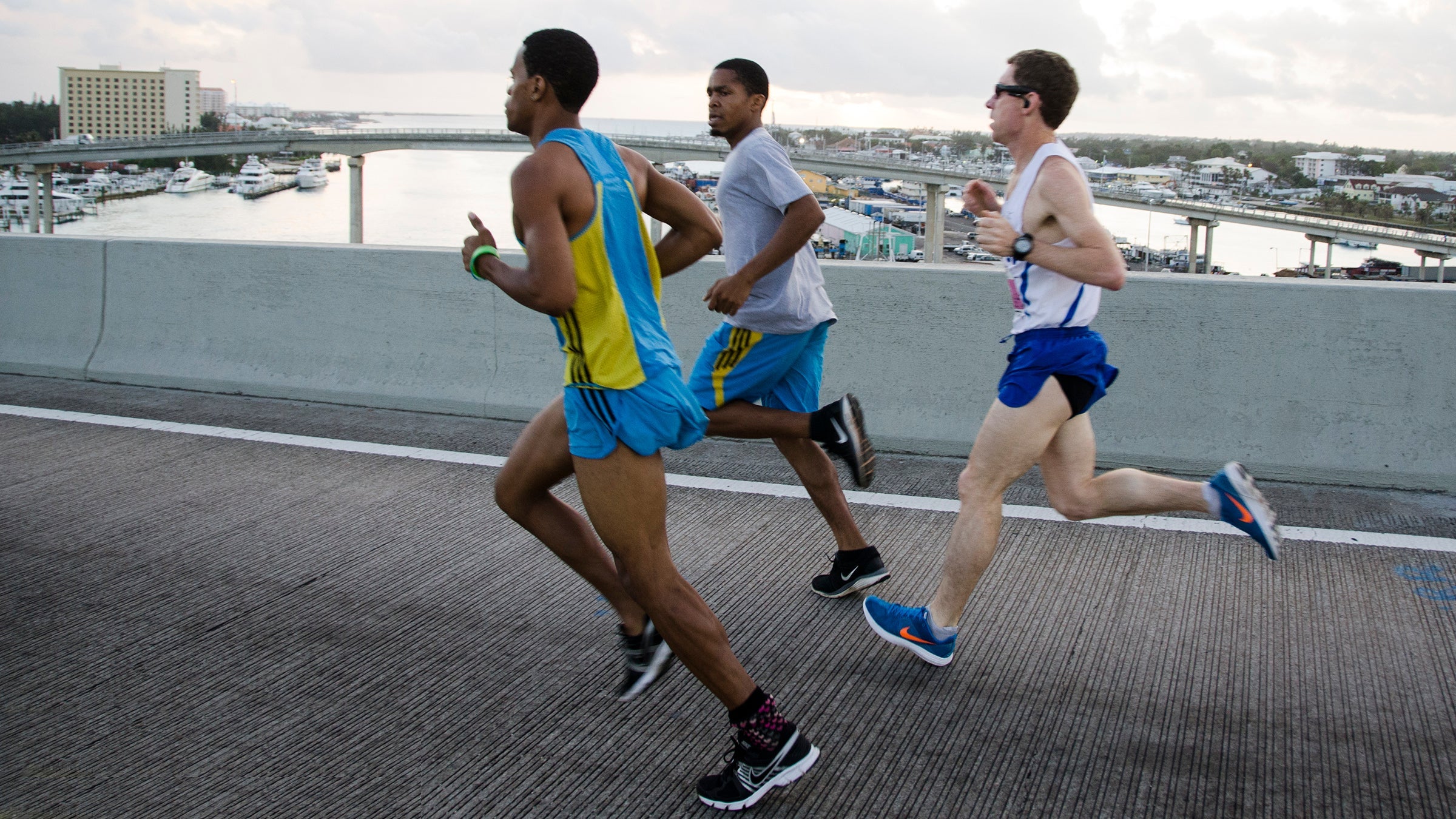As I write this, it has been 15 days since George Floyd’s murder. We’ve all been stunned into resolutions to make changes in our society, our companies, and our hearts and minds. It’s far easier, however, to make resolutions than to create lasting change, as every New Year demonstrates. We’re rapidly approaching the time, around 17 to 19 days in, when people tend to give up on their New Year’s fitness resolutions, according to Strava research.
If we’re going to make our commitment to change more than a passing flurry, we’re going to have to change our mental habits and our patterns of action. Fortunately, runners have experience in converting desires and dreams into realities.
Automatic Mental Loops
In The Power of Habit: Why We Do What We Do in Life and Business, author Charles Duhigg explains that a habit is a mental loop that plays automatically in response to a certain cue. And once a habit is formed, it becomes the default.
With innumerable possible things to focus on, the brain uses habit loops to free up space. “When a habit emerges, the brain stops fully participating in decision making,” Duhigg writes. “It stops working so hard, or diverts focus to other tasks. So unless you deliberately fight a habit — unless you find new routines — the pattern will unfold automatically.”
When running becomes a habit, the default is to get out and run. You don’t have to choose it every day, spend mental energy examining its benefits and overcoming arguments against it. You’ve rewired the loop so “normal” is that you run, and not running requires a decision.
Habits don’t happen by luck — they happen when you create a pattern. Initially, we have to choose to run consistently. It helps to tie it to a cue, like seeing running clothes laid out every morning, or piggyback it to a habit you already have, such as running right after you come home from work, or, these days, right after you stop working.
Before long, you begin to find that running, and the good feelings it creates, are a crucial part of your day. That good feeling is imperative to creating a habit and sustaining one. Duhigg explains the reason you continue a habit is because that habit results in a reward that you begin to crave. Running makes you feel good, it gives you a sense of accomplishment.
The key to making running a habit rather than a daily choice is to do it long enough and regularly enough that you miss those feelings when you don’t run. The habit then delivers the reward (good feelings) and in turn leads to running with consistency and excellence.
To Make a Habit
How long does it take to form the habit? A 2009 study out of University College London found that people required an average of 66 days before an activity, repeated in a “consistent context,” became automatic. But that time frame varied considerably, ranging from 18 to 254 days. Forming the habit didn’t require streaking; missing one day didn’t derail the process. But it has to be regular enough to become the default rather than the exception in your routine.
Not only is creating a consistent habit the only sure way to continue with an activity beyond the initial surge of passion, it is the only way to create the change we want. With running, consistency transforms our bodies so that what once was difficult becomes normal and easy. It moves the baseline bar so that what at first seemed impossible begins to appear within reach.
We’re looking at a challenge far greater than making our bodies better running machines. But our experience in doing that may give us an advantage in creating changes in ourselves and our society. Now is the dangerous time when it’s easy to let fatigue create hopelessness, or to simply fall back into the old, well-worn mental loops and habitual actions.
There are far better voices than mine to help us know what the steps are toward rewiring habits of white supremacy and inequality. Voices like Alison Désir, founder of Harlem Run, who laid out for us specific, actionable steps that runners can do to become better allies in their communities. I know, however, that if we’re going to change we’ll need to set aside ongoing time to listen, learn and act, create cues that stop old habits and encourage new, make ourselves face uncomfortable thoughts and take uncomfortable stands.
Like the runner putting in daily miles, we need to make daily, consistent changes, to continue to choose self-reflection, education, questioning default mental loops, and taking actions large and small. If we can continue choosing and acting — for the weeks and months necessary to start making the new mental patterns and actions habitual — we can start to move the bar toward a more racially equitable society, and, with our new-found social fitness, aim even higher.


